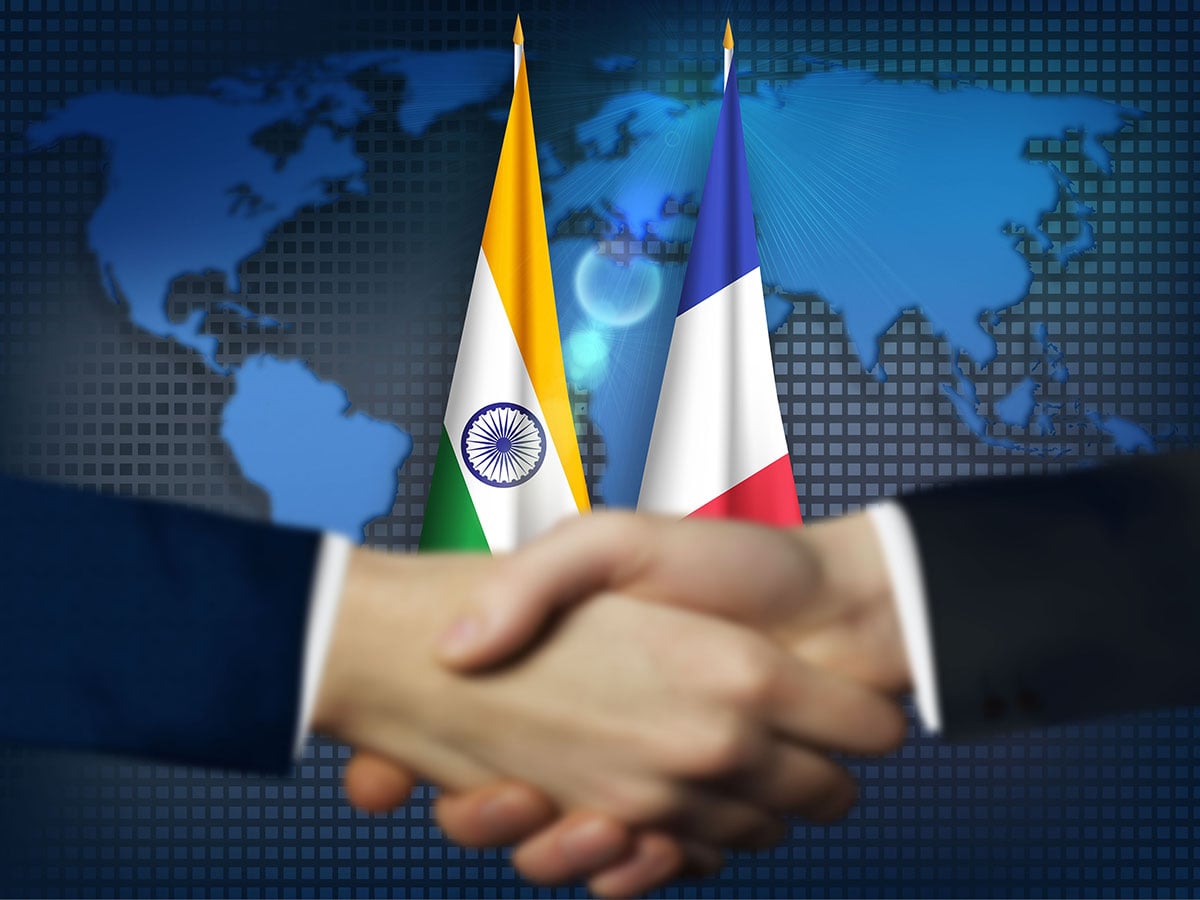 India’s expanding middle and upper-middle-income population, coupled with a growing preference for branded and high-end products, presents an attractive landscape for French businesses looking to tap into one of the fastest-growing consumer markets in the world.
India’s expanding middle and upper-middle-income population, coupled with a growing preference for branded and high-end products, presents an attractive landscape for French businesses looking to tap into one of the fastest-growing consumer markets in the world.
Image: Shutterstock
On a bustling Mumbai street, a young professional scrolls through her phone, adding luxury skincare products to her online shopping cart. Across the city, a middle-class family books their first international vacation, while a startup founder finalises the purchase of a high-end electric car. These everyday moments reflect a larger transformation—India’s consumer market is evolving at an unprecedented pace, fueled by rising incomes, urban aspirations, and digital convenience. India’s consumer market is on track to become the second-largest globally by 2030, driven by rising incomes, rapid urbanisation, and a young, growing workforce. According to an Edelweiss Mutual Fund report, consumer spending is expected to surge from $2.4 trillion in 2024 to $4.3 trillion by the decade’s end. The country’s demographic advantage is a key driver—India’s median age of 28 years is significantly lower than China’s 39 years and the US’ 38 years, ensuring a sustained rise in consumption.
With a projected working-age population of 100 crore by 2030, India is poised to become a powerhouse of global demand. Additionally, a declining dependency ratio, increasing female workforce participation, and the rise of dual-income households are bolstering spending on premium and discretionary goods. The digital revolution, marked by widespread e-commerce adoption and improved financial inclusion, further transforms buying behaviours, creating lucrative opportunities for global businesses. However, challenges such as income inequality, inflation, and the rural-urban consumption divide persist, requiring nuanced market strategies. Despite these hurdles, India’s expanding middle and upper-middle-income population, coupled with a growing preference for branded and high-end products, presents an attractive landscape for French businesses looking to tap into one of the fastest-growing consumer markets in the world.
To bolster foreign investment across key sectors, the Indian government has introduced a series of strategic initiatives to foster a business-friendly environment. In the aerospace sector, major deals with Dassault (Rafale fighter jets) and Airbus (C-295 transport aircraft) emphasise technology transfer and local manufacturing under the ‘Make in India’ and ‘Atmanirbhar Bharat’ programmes. The Defense Procurement Policy (DPP) further mandates local production, encouraging private sector participation in defence manufacturing. Luxury retail has also witnessed significant policy support, with relaxed FDI norms allowing 100 percent foreign direct investment (FDI) in single-brand retail, attracting global brands like Ladurée and Chanel. GST reforms have streamlined taxation, while initiatives like the ‘National Retail Policy’ enhance regulatory clarity for international brands. The Production-Linked Incentive (PLI) scheme has also boosted investment in defence, automobiles, and consumer goods. The Strategic Partnership Model (SPM) under ‘Atmanirbhar Bharat’ facilitates collaboration between domestic firms and global defence manufacturers. The PLI scheme supports electric vehicle (EV) and component manufacturing in the automobile sector, drawing interest from industry giants like Tata Motors and Mahindra. Similarly, the PLI scheme for white goods incentivises local production of air conditioners and LEDs, reducing import dependency and strengthening India’s manufacturing ecosystem. The government continues positioning India as a prime destination for foreign investment across diverse industries through these targeted measures.
Geopolitical realignments are also crucial in redirecting French and broader European investments toward India. Rising economic tensions between the West and China, coupled with concerns over supply chain security and over-reliance on a single manufacturing base, have prompted businesses to explore alternative markets. The European Union’s de-risking strategy, aimed at reducing dependence on China, has made India a preferred destination due to its stable political environment, strong economic fundamentals, and growing consumer market. Additionally, France and India share a strategic partnership, with collaborations spanning defence, technology, and infrastructure. Initiatives like the India-EU Trade and Technology Council (TTC) and bilateral trade agreements have further encouraged investment flows. With India’s commitment to maintaining an open economy and strengthening diplomatic ties with Europe, French companies increasingly view it as a reliable partner for long-term investments. However, challenges such as bureaucratic hurdles, infrastructure gaps, and regulatory complexities still need to be addressed to capitalise on this geopolitical shift entirely.
